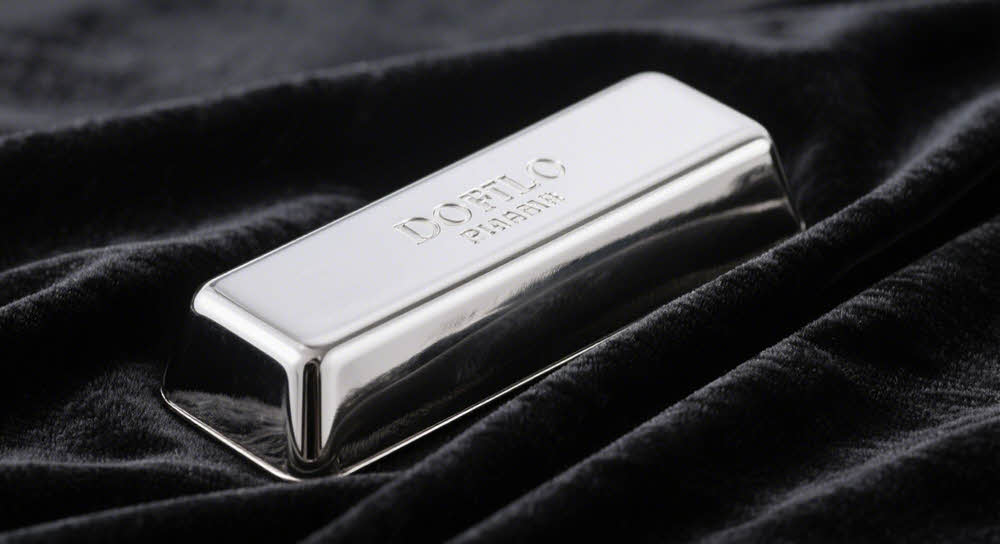Silver has played an essential role in human civilization for thousands of years — as currency, as a symbol of wealth, and as an indispensable material in industry.
While it shares similarities with gold, silver has its own unique history, price behavior, and uses that make it a distinctive part of global markets.
Today, it continues to be both a precious metal valued for its beauty and a practical resource critical to modern technology.
Understanding silver’s place in the world means looking at its long and varied history, how it’s traded, and the trends that influence its price and demand.
Its dual identity as both an investment asset and an industrial metal gives it a character — and volatility — that sets it apart from gold.
A Brief History of Silver as Money and Wealth
Silver’s history as a medium of exchange dates back thousands of years. Ancient civilizations, including the Greeks, Romans, and Chinese, used silver coins in trade. In fact, the very word “salary” comes from “sal,” or salt, but silver soon replaced salt in many economies as a more practical form of payment.
In the Middle Ages and into the early modern period, silver was central to global trade. Spanish colonial mines in the Americas, especially in places like Potosí in present-day Bolivia, flooded the world with silver during the 16th and 17th centuries. Much of it made its way to Asia, fueling trade between Europe and China.
Like gold, silver became part of the monetary system in many countries, either on its own or alongside gold under a bimetallic standard. In the United States, silver coins were in circulation until the mid-20th century, when rising metal prices and changes in monetary policy led to their removal from everyday use.
Silver in the Modern Era
While gold is primarily viewed as a store of value, silver has retained a significant role in manufacturing and technology. Its high electrical conductivity, thermal properties, and resistance to corrosion make it essential in industries ranging from electronics to solar energy.
Silver is traded globally in the form of bullion bars, coins, jewelry, and financial products like exchange-traded funds (ETFs). The market includes both physical delivery and “paper” silver, where investors hold contracts or shares representing ownership rather than the metal itself.
Governments today hold far less silver than gold in their reserves, reflecting silver’s shift toward being an industrial commodity. That industrial demand means that silver prices can be influenced as much by manufacturing trends as by financial sentiment.
Price Trends and Market Behavior
Silver’s price history is marked by periods of dramatic volatility. While it often moves in the same general direction as gold, it tends to experience sharper percentage gains and losses. This is partly because the silver market is smaller and more susceptible to swings in investor sentiment.
Some notable price movements include:
Late 1970s–1980: Prices skyrocketed due to high inflation, geopolitical tensions, and the infamous Hunt brothers’ attempt to corner the silver market, which pushed prices to nearly $50 per ounce before collapsing.
2011: The aftermath of the global financial crisis saw silver rally again to around $49 per ounce, driven by both investment demand and industrial growth.
2020: The COVID-19 pandemic created a surge in precious metals demand, and silver benefited from both safe-haven interest and expectations of rising industrial use in green technologies.
Industrial Demand as a Price Driver
One of the biggest differences between silver and gold is the proportion of demand that comes from industry. Silver is essential in electronics, medical devices, batteries, and especially solar panels, where its conductive properties make it difficult to replace.
As the global economy shifts toward renewable energy and advanced electronics, industrial demand for silver has become a key factor in long-term market expectations. This demand can create upward pressure on prices even when investor demand is stable.
At the same time, economic slowdowns can reduce industrial consumption, causing silver prices to dip even if gold is holding steady. This dual nature — part precious metal, part industrial commodity — means silver’s price is often more volatile than gold’s.
Relationship Between Silver and Gold
Analysts often look at the gold-to-silver ratio — the number of ounces of silver it takes to buy one ounce of gold — to understand market dynamics. Historically, this ratio has fluctuated widely, from as low as 15 in ancient times to over 100 in recent decades.
A falling ratio often means silver is outperforming gold, while a rising ratio means it’s lagging. Investors sometimes watch this ratio for clues about relative value, though it’s influenced by many factors beyond simple supply and demand.
Silver in Culture and Jewelry
Beyond its financial and industrial uses, silver continues to hold cultural significance. It’s a popular choice for jewelry and decorative items, valued for its brightness, affordability compared to gold, and ability to be crafted into intricate designs. In some cultures, silver is also associated with purity and is used in ceremonial objects.
The jewelry and silverware markets provide a steady base of demand that adds stability to overall consumption. While these sectors are smaller in scale than industrial demand, they help maintain silver’s image as a precious and desirable metal.
How Silver Is Traded Today
The modern silver market operates across multiple channels. London is a key hub for over-the-counter physical silver trading, while New York’s COMEX exchange handles silver futures. In Asia, trading is active in Shanghai and Mumbai, serving both industrial buyers and investors.
Silver is available in physical form — coins, bars, and rounds — or through investment vehicles like ETFs, mining company stocks, and futures contracts. Each method of exposure comes with its own pricing influences and risks.
Global Shifts in Supply and Demand
The supply of silver comes from both mining and recycling. Unlike gold, a significant portion of silver production is a byproduct of mining for other metals such as copper, lead, and zinc. This means that changes in those markets can indirectly affect silver supply.
On the demand side, countries with growing manufacturing sectors — especially in renewable energy technology — are playing a larger role in the silver market. As solar energy production expands, silver’s importance in photovoltaic cells is expected to remain a key factor in future demand trends.
Why Silver Holds a Unique Place in the Market
Silver’s appeal lies in its versatility. It’s seen as a precious metal with investment value, a vital industrial material, and a cultural staple. This combination means it responds to a wider set of economic signals than gold.
When the economy is strong, industrial demand can push silver prices higher. When uncertainty rises, investor demand can create additional upward momentum. Conversely, a slowdown in manufacturing or a shift in technology can have a more immediate impact on silver than on gold.
In this way, silver’s market is both broader and more complex, influenced by everything from energy policy to jewelry trends to currency movements.
Silver’s story is one of adaptability. It has been money, art, and technology — sometimes all at once. Its dual identity ensures it remains a fixture in both industrial supply chains and investment portfolios around the world.
Whether viewed through the lens of history, economics, or craftsmanship, silver continues to shine in ways that few other metals can match.



